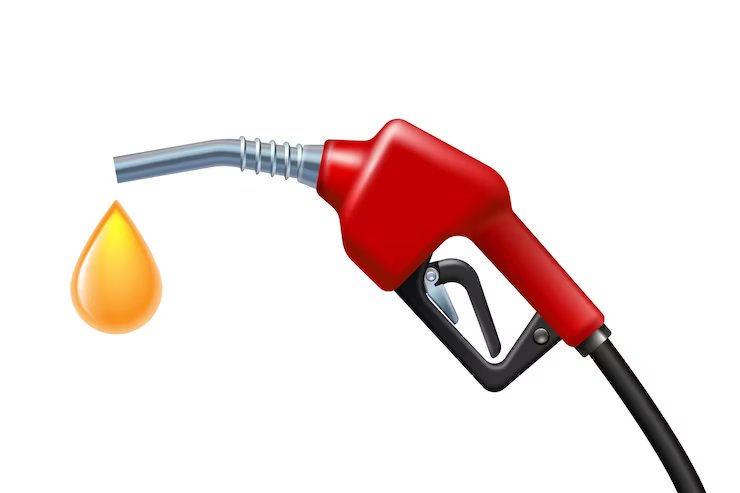Take Advantage Of Fuel Prices In India API
In this post, we explore the possibilities of the Fuel Prices In India API.
India is the world’s third-largest consumer of fuel, after the United States and China. In the fiscal year that ended in March 2019, India’s fuel consumption was approximately 6.4 million barrels per day, according to the International Energy Agency.
The country has a high demand for fuel because of its population and its rapid industrialization. According to the World Bank, India’s Gross Domestic Product increased by 7.3% in 2018 and is predicted to continue growing at a high rate during the coming years.
The Indian government is making efforts to modernize its transportation system to reduce pollution and traffic jams. This will increase fuel consumption in the country. As a result, fuel prices are constantly changing, which is why it is important for people to be aware of them.

High fuel costs are here to remain as a result of the current international scenario. The nations with robust economies that can withstand these pricing shifts won’t even notice them. India and other countries with weaker, more fragile economies will be particularly affected by the increases. There are a number of causes for the sharp rise in fuel prices, including:
- Seasonal Changes: Seasonal variations in fuel extraction will occur. In general, refiners use the seasonal shift for maintenance, which reduces fabrication activity. As a result, bunk costs for gasoline will go up.
- Weather Situations: A marine storm in the Gulf of Mexico quickly destroys oil facilities. Less oil needs to be extracted when using pulverized piercing tools. If refineries or shipment are hampered, less refined gasoline will also be accessible. This has an effect on gasoline costs.
- Increase In The Demand: A product’s price typically increases when there is a shortage of it but increased demand. For oil, this is true everywhere, but is particularly true in developing nations like China and India. In general, the amount of demand directly correlates with an increase in gas prices. The less demand there is for fuel, the lower the prices will be.
- Limited Capabilities For Refining: Due to exorbitant running costs, a few refineries in North America have closed in recent years. Any inconsistency between oil production and refineries could drive up the cost of refined gasoline.
- Decreasing Value Of The US Dollar: Petroleum and refined gasoline are traded using US currency. In order to avoid losses, manufacturers modify their prices as the US dollar’s value falls.
Get To Know The Fuel Prices In India API
If you’re curious in how it functions, the API takes the City ID you select and gives you the most recent prices for kerosene, diesel, and compressed natural gas. If there is a variation in pricing, you will also be given that amount. For courier businesses who need to have access to all fuel information for each city they cover, this API is ideal.
Obviously, this will help them determine the cost of petrol in each city. Also, you’ll be able to inform your customers of the most affordable costs. Apart from the monthly call cap, the API is unrestricted, which is one of its main advantages.
Imagine having access to the cost of gasoline in every Indian city. There are many advantages to using this India Fuel Price API, try it now!


